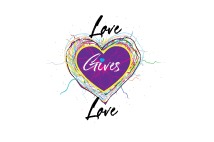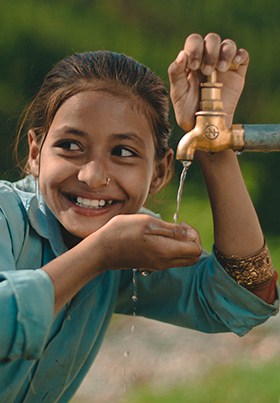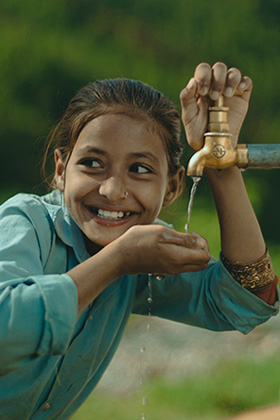World Water Day offers us an opportunity think about some of the challenges facing those of us working in the field of infectious diseases and how working alongside those in the water, sanitation and hygiene (WASH) sector could improve impacts across the board.
The critical link between water and sanitation and the spread of disease was discovered long ago. In the summer of 1854, after Dr John Snow recognised the link to a dangerous outbreak of cholera, the handle of the Broad Street pump in Soho was removed to prevent locals from drinking its contaminated water. His actions no doubt protected many people from future outbreaks.
Now, 160 years on, the interaction between WASH and health efforts in the control of infectious diseases is still as important. This is particularly the case in the fight against neglected tropical diseases (NTDs) given that WASH plays a role in the spread of over half of them.
It has, however, been difficult to move from talking about the links to taking action and figuring out how people are going to work together in practice in order to fully address the WASH factors that contribute to the transmission of NTDs.
Although there are proven treatments for current infections of many of the NTDs, there is an awareness that in highly endemic areas, successfully addressing these diseases is not possible or sustainable without improvement to the WASH-related factors that contribute to their spread.
The need for a joint approach has been clear and well agreed – the challenge has been how to make it a reality and ensure people collaborate to eliminate these diseases.
An example of partnership working
A recent example of this working in practice is the use of Sightsavers’ Innovation Fund, with support from the UK government, to help in the development of new resources to combat NTDs.
Through the Innovation Fund, Children Without Worms, the International Trachoma Initiative, Emory University’s Center for Global Safe Water, CARE, WaterAid and WASH Advocates developed a new set of online tools to help organisations working on WASH and NTDs to more effectively identify opportunities to work together.
The toolkit includes interactive maps that overlay WASH access information with NTD prevalence information; project management frameworks for WASH intervention for NTD control; and sector-specific advocacy messages to increase commitment to WASH and NTD control.
The maps, which were supported by funding from The Bill & Melinda Gates Foundation, will be the first available that help to demonstrate geographic overlap between WASH and NTD prevalence. They can be viewed at www.ntdmaps.org.
For countries such as Nigeria and Ethiopia, where the burden of NTDs is the highest globally, this online toolkit will be a critical instrument in the fight to combat these diseases.
Overcoming the challenges
One of the challenges we’ve faced, like so many other organisations in this field, is the issue of monitoring joint projects.
Across the sector, work to support the development of the holy grail of collaboration – joint monitoring indicators (to help capture the full impact of WASH interventions on heath) – is tough going. There are very few cross cutting indicators but we are hopeful the toolkit will enable partners to begin identifying more.
The project team producing the WASH/NTD toolkit invited local solutions and discussions from a wide range of practitioners to address the challenges around joint monitoring. The project has reviewed all the current cross-cutting indicators used by the two sectors, and identified relevant metrics for reflecting WASH impact on NTDs.
So, what are the lessons we have learned which can be applied in other sectors?
First of all, we must continue to highlight good examples of collaboration to sustain and build momentum.
The combination of identifying practical steps to support relevant WASH interventions while at the same time providing the evidence base for WASH impact on each of the WASH-related NTDs represents an important step forward in NTD control and elimination efforts. We have a duty to share our experiences if we want to see more of this kind of successful collaboration.
Be ready to be flexible
One of the main challenges has been how to entrench collaborative behaviour between WASH and NTD players. In the instance of the online manual, it has served as not only a resource, but also a catalyst for dialogue among several members of the group (such as policy and implementation groups) which is an additional, strategic benefit that we hadn’t explicitly recognised at the beginning of the project.
More than anything, collaboration needs to be both multi-pronged and embedded if it is to be durable and resilient. By broadening cross-sectoral engagement and collaboration, we create a stronger, more stable base meaning that there is less pressure and dependence on any one actor. This enables collaboration to thrive and continue regardless of whether individual actors come and go.





